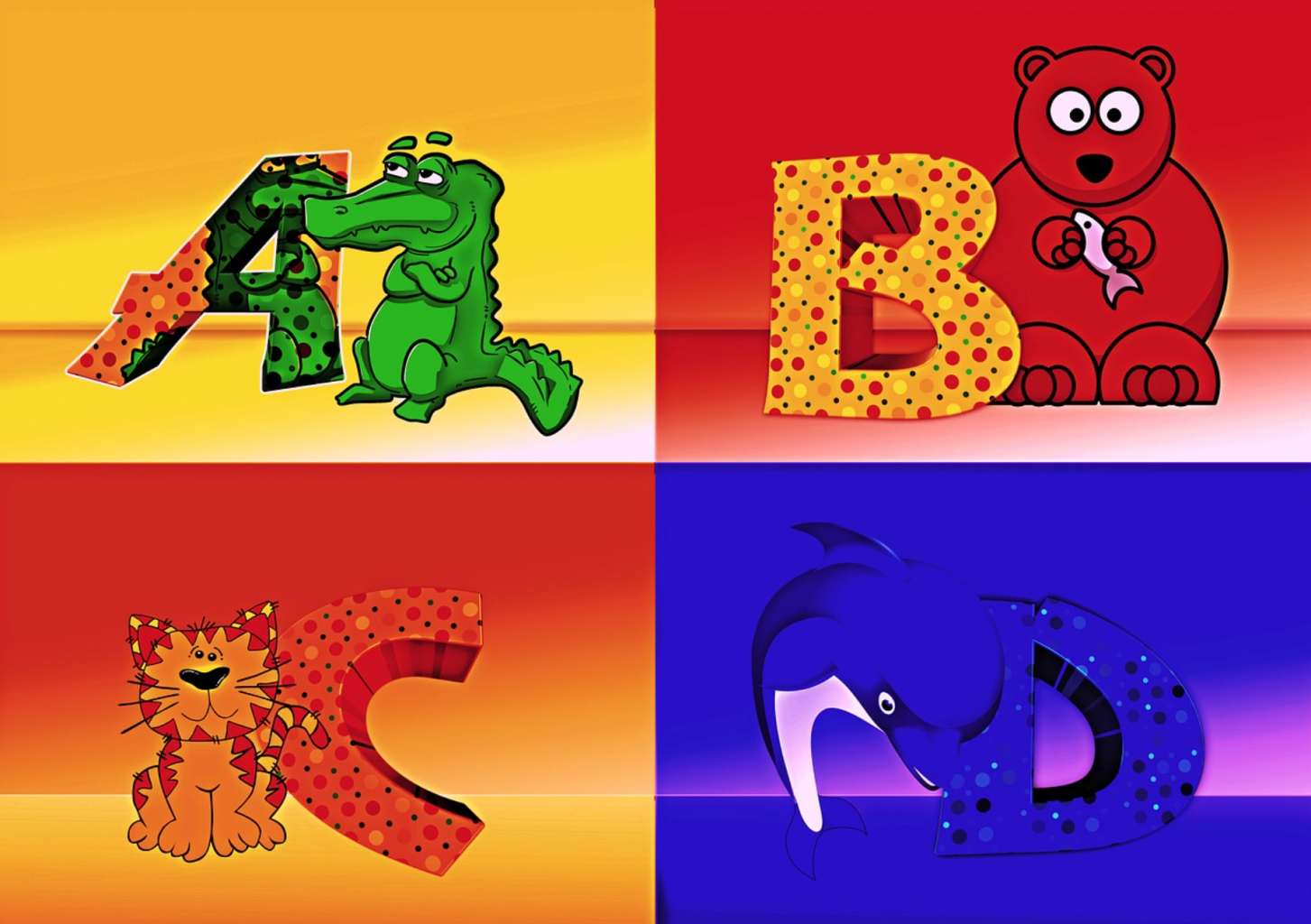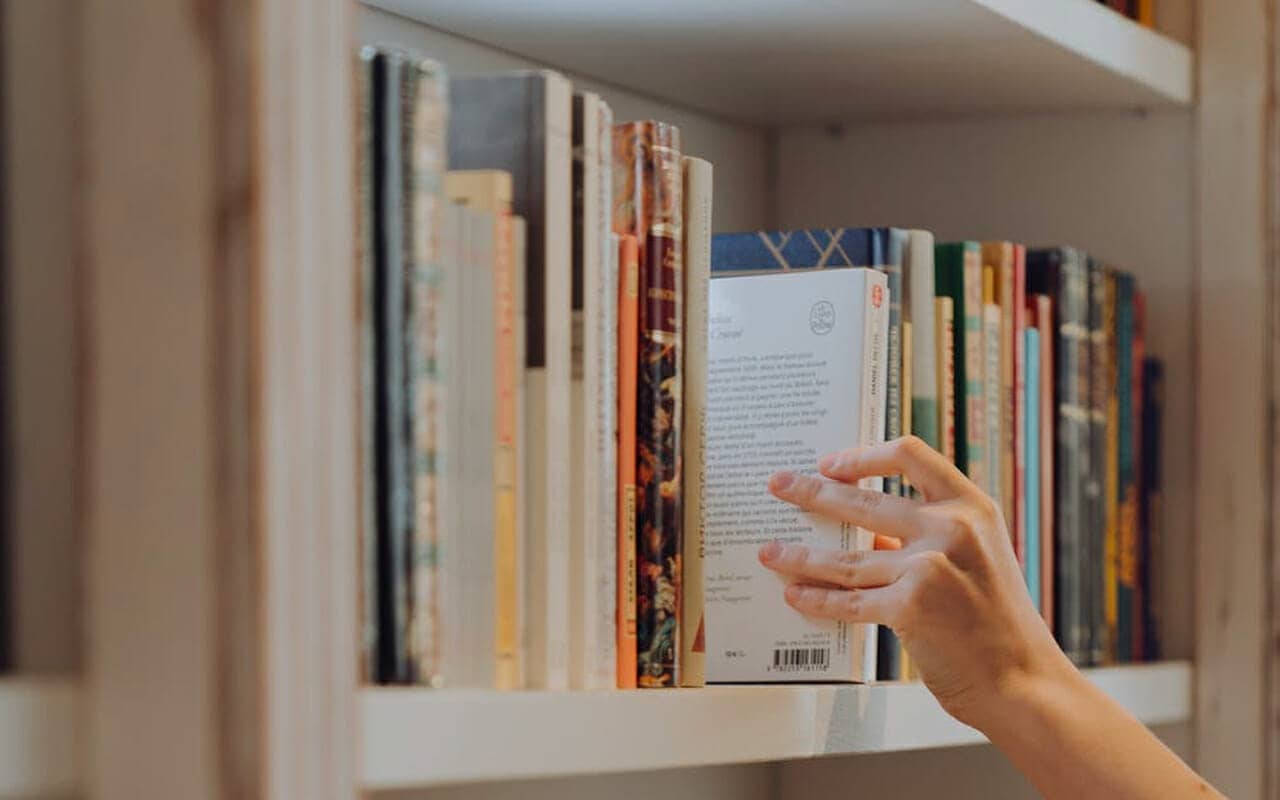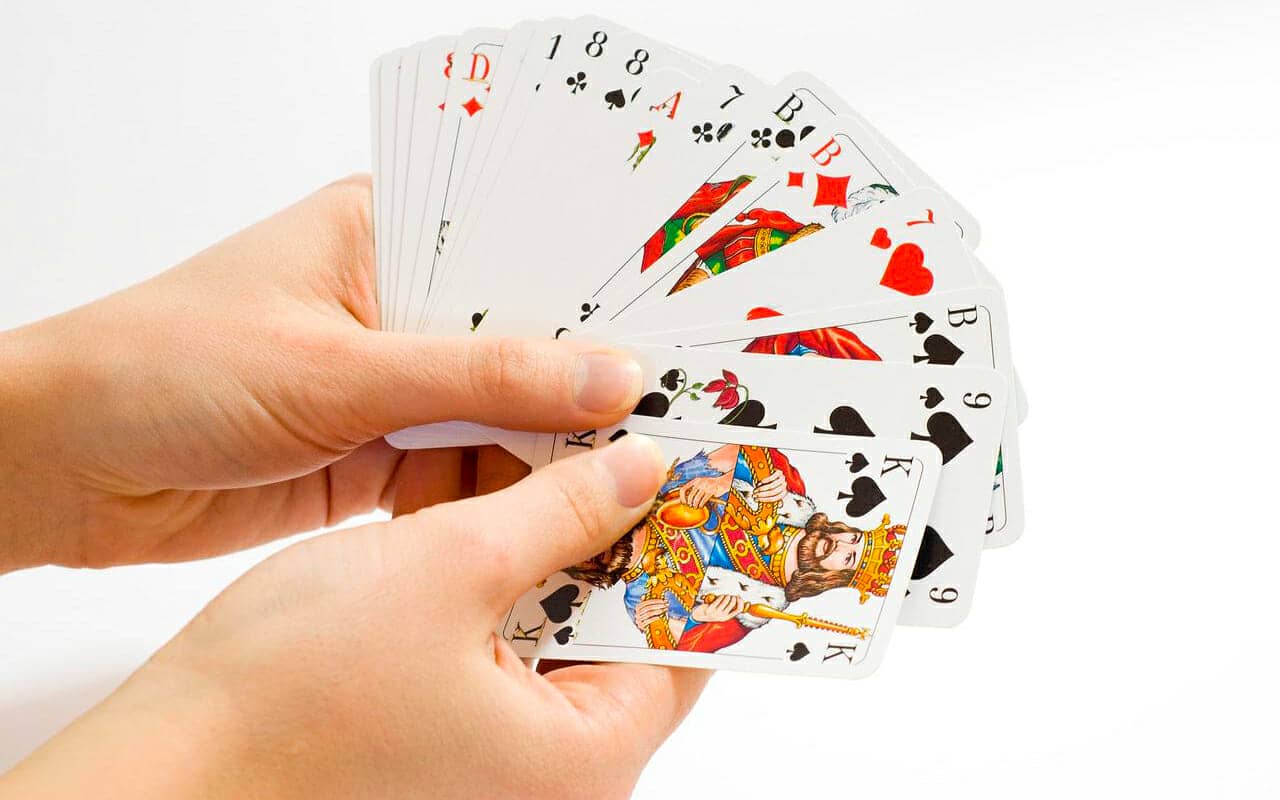Podcast: Download
Subscribe: Apple Podcasts | RSS
 Good brain warm up exercises are hard to find, but you’ve just discovered an in-depth list of the best.
Good brain warm up exercises are hard to find, but you’ve just discovered an in-depth list of the best.
What makes a mental warm up routine good?
For one thing, it has to challenge your mind.
In order to create an effect, each warm up routine needs to produce at least a bit of friction.
By taking on the quick and creative challenges I’ve gathered for you on this page, you’ll experience exactly that:
Positive friction that produces mental dexterity, new ideas and personal growth.
Sound good?
Great! Let’s dive in!
12 Brain Warm Up Exercises That Wake Your Brain Up
This list of warm ups for your brain is a cornucopia of ideas.
They’re all good, so don’t feel that the numbers are an indicator of value.
But if you want my personal opinion?
I saved the best and most scientifically-tested exercises to wake up your brain for the end of the list.

One: List 10 Alternative Uses For An Object
You’ve probably heard of the one where you list 10 alternative uses for an object before.
Like if I show you a paperclip, you might suggest stringing enough of them together to create a ladder from here to the moon as your first alternative use.
It’s a great exercise that creates rapid benefits, and it works with any object.
But I’d suggest you go a step further. For example, if you’re going to create a ladder to the moon using paperclips, why not also imagine a version of the moon composed entirely of paperclips.
This is the alternative substance exercise that in some sense already exists. For years people have been saying the moon is made of cheese, but paperclips… how about socks? Or arts? Or noodles?
Then go a step further yet.
What possible things could you use a moon made out of noodles for? Would you campaign the rich to donate spaceships and space suits so they could bring those noodles back to earth to feed the poor?
Whatever use you find your random objects, figure out what links you’ve made between things, then change the substance of the thing being linked to into the original object and find at least a few alternative uses for that.
If you can’t think of ten, don’t sweat it. But keep coming back to it throughout the day for some mini-creative exercise.
It’s a great exercise that creates rapid benefits, and it works with any object.
So grab an eraser, sock, book or any object you can find and jot down at least ten alternative ways it could be used.
If you can’t think of ten, don’t sweat it. But keep coming back to it throughout the day for some mini-creative exercise.
Two: Question Your Dreams
I don’t know about you, but I dream often.
But instead of letting them drift away, I use my dreams to engage in one of the strongest morning brain exercises I know.
Here are the steps to remembering your dreams:
- Write down the dream or dream fragment you remember
- Ask what it reminds you of (situation, person or place)
- Journal briefly on any emotions or concepts that arise
You can also do exercises throughout the day with your daydreams. This is an activity Robert Langs discusses in full in his excellent Daydream Workbook.
In brief, when you notice yourself daydreaming, make a note of the nature of the dream. And ask yourself similar questions about what memories come to mind surrounding it? What emotions, longings or fulfillments does the dray dream suggest?
There doesn’t have to be any particular outcome from this exercise. You’re just going for the brain warm up and using your dreams and day dreams to do it.
Three: Give Emotions to Colors
Take ROY G BIV, the acronym for red, orange, yellow, green, blue, indigo and violet.
Then list as quickly as you can the first emotion that comes to mind for each color. For example:
- Red = anger
- Orange = shame
- Yellow = happy
To take the exercise to the next level, find 3-5 alternative words for each emotion. In other words, mentally transform happiness into contentedness, comfort, mirth, cheer, elatedness, etc.
Try and do it on your own before reaching for a thesaurus.
Four: Play the Alphabet Game
Either in your mind or using paper and pen, think of a name for each letter.
For example:
- A = Anthony
- B = Bonnie
- C = Connie etc.
Now, they don’t have to rhyme, as I’ve done, but that in itself provides interesting exercise that will stretch your mind even further.
You can also go through the alphabet and name only objects:
- A = apple
- B = ball
- C = car etc.
If you want to take this to the next level, have a person you name interact with an object by the same letter. Have the action also start with the same letter, like this:
- Al Pacino accepts an apple
- Batman bounces a ball
- Cookie monster cooks a car, etc.
Sure, things might get weird, but that’s why this exercise works so well to wake up your brain.
You can take this exercise further with the pegword method or by building a PAO System.
Five: Encode Using Associations
Let’s say you’re doing the color/emotion exercise I shared above. You’ve discovered a word in the thesaurus and you want to remember to use it more often.
Take the word and think about an image that comes to mind that can help you remember it.
For elatedness, you could seize upon the el and think about someone named Elaine arriving late.
To take another example, for mirth, you could think about frankincense and myrrh, as mentioned in the Bible.
For best results and an additional exercise, place these associations in a Memory Palace.
Six: Reading Recall
Go back as far as you can in your life. For example, grade one or two.
Think of a book that you loved during that year. Or at least a book you can remember reading.
For me, I remember a book in kindergarten or grade one that involved teddy bears falling off of the book shelf they lived on. They fell onto a map spread on the floor and had to find their way back to the bookshelf from disparate lands.
The next book I distinctly remember is Where the Red Fern Grows. All I really remember about it is that there was a dog and quite a bit about hunting racoons.
Don’t worry if you have to skip entire grades or if you aren’t sure about accuracy. Just try your best to proceed on a year-by-year basis.
You can also just go year-by-year if you haven’t been in school for a very long time. The point of the warm up exercise is to stick with the yearly progression.
As an alternative, you can also use movies and try to match the year or grade you were in when you saw them.
Seven: The Movie Name Game
Take a movie that you know. Then, take the last letter in the name of the movie. Use it to name another movie.
For example, if you think of Aliens, then your next movie should start with S, such as Superman. Then you would think of one that starts with N.
This exercise can get challenging fast, and challenge the relationship between your memory and intelligence because of how it requires you to mentally rotate the alphabet while engaging your semantic memory. But push through and see how far you get. Try to name at least 10 titles before you stop.
As an alternative, you can use book titles, names of people you know or celebrities.
Eight: Mentally Combine Objects
Unlike the exercise where you name as many possible uses for an object as you can think of, here the goal is to think of mixing two objects together.
For example, imagine mixing cherry juice with mustard. Or attaching a chain saw to a car. How about an airplane that shoots spiderwebs?
See if you can get 10 combinations together.
You can also take this to the next level by getting actual objects together on a table and trying to combine them. For example, you can play around with combining:
- Fork
- String
- Coins
- Salt shaker
- Etc.
To take a simple example, you could tie the string around the coin and use it as a swinging mallet to make a dinner bell out of the salt shaker.
Nine: Combine Stories
Imagine Dorothy from the Wizard of Oz.
But instead of having a dog named Toto, imagine that her pet is Scooby Doo. Then imagine how Scooby Doo would fit into the basket on Dorothy’s bike. And think about how he would react when meeting the Wicked Witch for the first time?
To continue this creative warm up exercise, have a number of movie and story titles on slips of paper. Mix them around and mishmash a few together. Then think of scenarios and what they would be like with the character swaps in place.
For more examples, imagine:
- James Bond in a battle against Kermit the Frog
- Rambo taking on the Death Star in Star Wars
- Sherlock Holmes in The Firm instead of Tom Cruise
Keeping physical books in the area where you complete your morning brain exercises is a great way to do this. Just grab a few novels or comic books and think of mix-and-match ways to create new and unusual combinations.
You could also combine philosophical concepts for an additional layer of challenge if you read it regularly. It will challenge your reasoning skills and enable you to ask new and interesting philosophical questions.
Ten: Use a Memory Palace
Many people think that the Memory Palace technique is only used to improve your memory for studying.
This is not true.
One of the most ice-cold mental situations people face comes from problems like PTSD and depression.
Yet, as Nic Castle, a former police officer found, using a Memory Palace helped him reduce his symptoms.
It’s not just his anecdotal experience either. Dr. Gary Dalgleish and his co-researchers have found exactly these results in their clinical trials.
You don’t have to suffer in order to benefit from using this technique as a brain warm up, however.
All you have to do is:
- Have at least one Memory Palace (here’s how to create your first)
- Use it to memorize something (like a simple mantra)
- Enter your Memory Palace first thing in the morning
- Recite the mantra
- Exit the Memory Palace feeling warmed up
If you really get into this practice, you can also memorize playing cards as a quick warm up. I sometimes do this before applying memory techniques to language learning.
Eleven: Learn and Use a Speed Calculation System
Imagine being able to solve mathematical equations within seconds?
All you have to do is learn a simple system. I recommend the Trachtenberg method.
Although learning it might not itself serve as a brain warm up, using it certainly well.
It’s a lot of fun and you can learn to use it for addition, multiplication, division and even squaring and algebraic manipulation.
Twelve: Journal About Your Emotions
Researchers found that students who journaled for 10 minutes about their emotions scored better on their exams.
Imagine that:
Getting an A instead of a B+ just by writing about how you feel.
Researchers also found that if the participants focused on their breathing while journaling, they did even better.
The catch with this study is that it was useful for students with anxiety. Having dealt with anxiety myself and used journaling, I’ve found this approach excellent in my own life for getting my brain warmed up.
I don’t see why it wouldn’t help anyone, even if they don’t have anxiety themselves.
Give it a try!
Exercises to Wake Up Your Brain
As you can see, there are many routines you can follow.
In fact, we’re just scratching the surface.
If you find that you like these brain warm up routines, there are so many more things you can do.
And if you found the Memory Palace technique intriguing, why not learn the skill in earnest?
I’ve got a whole FREE course you can register for right now:
It will take you through how to develop this simple tool so you can use it throughout the day to keep your brain sharp.
The best part?
It will help you remember the different brain warm up routines we discussed today.
So give it a try and just shout out if you have any questions along the way. I’ll get back to you a.s.a.p.
Related Posts
- Brain Athlete: Does This Free Memory App Work?
The Brain Athlete App is perfect for training as you work on using Memory Palaces…
- 15 Brain Exercises & Memory Exercises For Rapid Remembering
Would you like simple brain exercises that you can complete just about anywhere? These brain…
- 9 Critical Thinking Exercises That Actually Improve Your Mind
Effective critical thinking exercises are hard to find. Stop wasting time and complete each of…











8 Responses
Thank you for the page about brain warm ups.
I’m a sports coach and have played with visualisation techniques for a long time.
Your brain warm up I combine with my morning physical warm up.
I am in my back yard lifting a 4kg medicine ball, using a mb engages the abdominals steadily due to the two handed grip we have to use. The longer the muscles engage the better for our core region. I do “woodchoppers” and imagine a squash ball is coming towards me that I need to hit. I do twists to the right side and visualise the squash ball coming to my forehand side, then same on left side/backhand side. I am calm, focused, just expelling the stiffness from sleeping.
a is for the abs i engage with the medicine ball work out.
b is for the backhand boast I play to get out of trouble in the rear left court.
c is to cut the ball with a little slice.
d is to hit the ball deep when building a rally.
e is an energy system that I work on specifically.
f is fast movements around the squash court.
g is how great I feel playing squash.
h is how hard i hit the ball for correctly weighted tight shots.
i is the intelligently selected shot for the pattern of play unique to this on court situation.
j is to just keep the ball in!
k are the kill shots I practice when I haven’t got covid. (sigh).
l is for love all, the opening call of a squash match.
m is for match ball, the scorekeepers call when someone is only one point away from winning the match.
n is for the no let call the referee makes when they believe the player shouldn’t have a let.
o is to take the opportunity presented off the weak shot.
p is the perfectly placed shot for this patterned play.
q is to be quick to volley across the mid court.
r is for respecting the referee’s decisions.
s are for the silly shots I play only in training just for fun.
t is for the T, the central position of all squash courts.
u is because I am unstoppable and unsquashable.
v is the veracity component of my sportsmanship.
w is the wonderful sensation i experience when i see a team mate do something amazing.
x is the shape of my body that I work on, that’s an arnold shwarzneggar thing.
z is for zig zagging around an opponent whom keeps getting in the way by hitting the ball back to themselves.
Onwards and upwards, daj.
This is a fantastic set of alphabetical associations for greater physical and mental gains. Thanks for sharing them!
vinnie my beagle cross cavalier died on 4th july 2022 at about 5pm in mount barker south australia.
a is for the absolute love of food vinnie had.
b is for barking boistiously.
c is for vinnies cheerful nature.
d is for his favourite time, dinner time.
e is for his ears that was the softest ever.
f is for all the fun times we had together.
g is for vinnie being a great and good boy.
h is for vinnies huge appetite.
i is for vinnies integrity.
j is for how he just kept his paws on the ground and didn’t jump up.
k is for him being the king of kipple, i.e. biscuits.
l is for his loyal love from beginning to end.
m is for his muchly munching on bones we bought him often.
n is for vinnie never bighting anyone.
o is for opportunistic spirit.
p is for vinnie being perfectly patient with me.
q is for vinnies queen, buffy.
r is for how religiously clare and buffy walked.
s is for how silly and happy vinnie was when sratching his own back.
t is for his terrific tenderness.
u is for his uplifting vibes.
v is for vinnie’s voracious appetite.
w is for vinnie waiting patiently so many times for walkes or food.
x is for x marking the spot near the water tank when he passed in peace.
z is for him making our home a zoo.
thank you Mr Anthony Metivier for helping me remember Vinnie ever more. daj.
So sorry to hear about your loss, David!
I’m glad this exercise could be helpful for remembering Vinnie, however. He was clearly an amazing friend!
Oh Anthony, this is great material.
If you allow me, I would like to know your opinion in regards to the Dream exercise:
You started the topic by saying that you fantasize often; I also do specially by travelling back in time with my current knowledge and I think how could I make it better. Sometimes I even get lost in the fantasy until I realize I’m using too much brain power on it and I should use it to make something more productive.
So, do you think this counts as a Dream? and how much is ok to be “lost” or if it is better to avoid it?
Thank you very much for all that you do! you changed my life for good!
-Julio
Thanks so much for posting this, Julio. And remember, you took the action. I’m honored to be a part of the transformation, but you made it happen and that is fantastic.
In my view, everything is a dream except when we are in the Task Positive mode. This would include fantasizing throughout the day, mind wandering and most forms of worry.
Switching on the present moment is a challenge, but it can be done and for that I have found combining multiple forms of meditation together with memory practice to be deeply transformative.
That said, I don’t think there is a better or worse when it comes to these matters. It seems to me that consciousness is always 100% whether we are awake, asleep, paying attention or not.
This takes a bit of nuance to unpack, but if you think it through, I think the only conclusion is that we are always 100% conscious and it’s just a matter of shades and degrees, and then setting goals and taking consistent steps to experience consciousness according to our preference.
Does this way of looking at it make sense?
This makes perfect sense!, and just to let you know, I adopted deeply the Magnetic Memory Method in such a way that every time I need to look into a new subject, the first thing is to plan how many “stations” it will cost, so I can start making a Memory Palace “On the fly” by thinking on a place or external route to start making stations until I meet the required number of spaces.
I make the mental tour forward and backwards just to make sure I got it right and then I start filling it with the stuff I want to remember. I make sure to pick enough big stations so I can break them down later if required to add more stuff related to the main subject in the station.
This actually keeps me “on the present” and just because of it, I find myself making a real progress.
As you’re saying frequently, this is a marathon, and the more I use it, the more I need to increase it. And because of this my mind is occupied in “real” stuff.
I don’t have enough words to thank you for it!
Warm Regards!
Occupying our minds with the “real” is the goal of the Magnetic Memory Method. Well done!
Onward with the marathon!